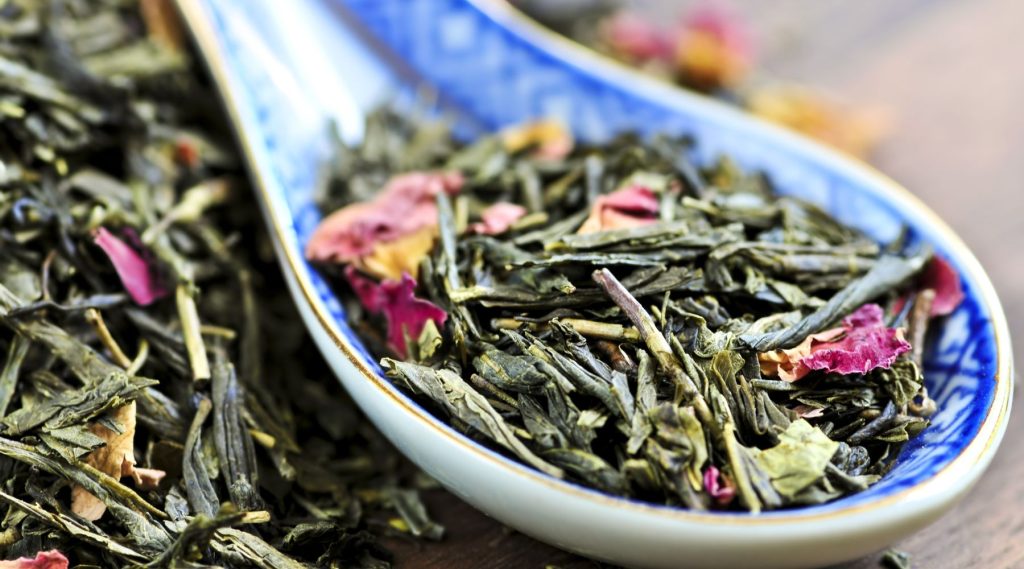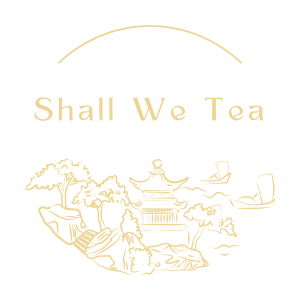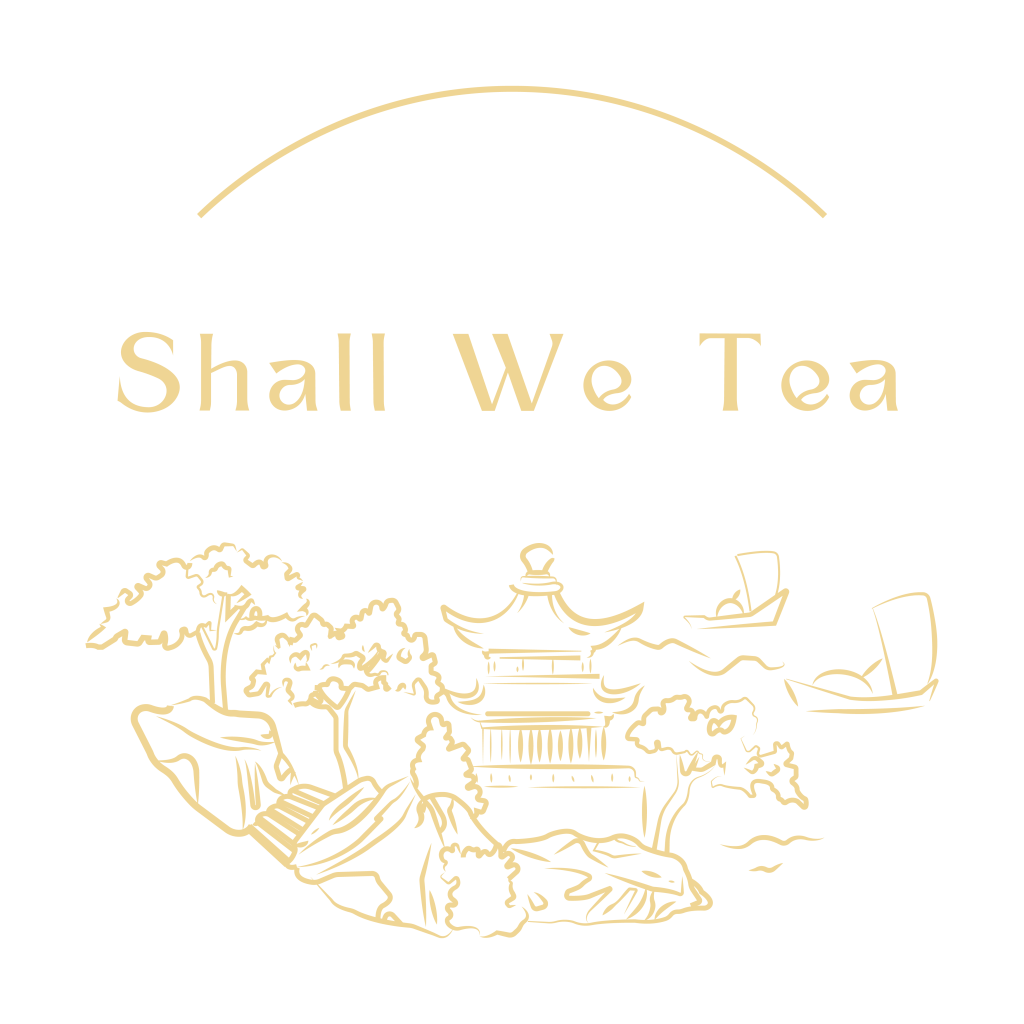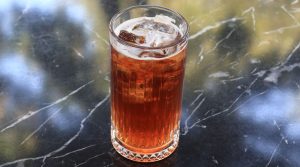
It is an unfortunate reality that most teas today are no longer a product of nature. The market is flooded with flavored commodity tea that may seem convenient and exotic, but discernment is crucial. While the history of flavoring tea predates industrial tea processing, there is a world of difference between the ancient methods and what you find on the market today. Let’s have a look.
Modern "Natural" Flavoring: Not as Pure as It Sounds
Artificial Flavoring: Lab-Made Chemicals
Artificial flavoring is made from synthetic chemicals designed to mimic natural flavors. While these chemicals are supposedly tested for safety before being approved for use in food and beverages, their long-term health effects are completely unknown. Some studies suggest that certain artificial flavoring agents may be linked to health issues like allergies, asthma, and even cancer.
I don’t know about you, but I don’t want anything to do with either artificially or “naturally” flavored tea. My love affair is with tea that’s authentic and pure – I want to taste, savor and cherish the aroma, flavor and mouthfeel of the infused leaf itself. Fine tea needs no enhancements, least of all overpowering lab-made embellishments that mask its character. Not to mention they diminish/destroy its health benefits!
Traditional Tea Flavoring
With all that said, I relish tea flavored in traditional ways. Traditional methods of flavoring tea are often labor-intensive and time-consuming, requiring skill, expertise, and careful attention to detail to achieve the desired flavor balance and quality. They include the following:
Scenting with Flowers: One of the oldest methods of flavoring tea involves scenting or infusing tea leaves with flowers like jasmine, rose, or osmanthus. This process often involves layering tea leaves with fresh flowers and allowing them to naturally impart their aroma to the tea leaves over time.
Spicing with Herbs and Spices: Using a variety of herbs and spices to not only enhance tea’s taste and aroma, but also its healing properties. Ingredients like ginger, cinnamon, cardamom, cloves, and peppermint are common examples.
Fruit Infusions: Fresh or dried fruits, such as citrus peels, berries, jujubes (Chinese dates) added to tea to impart fruity flavors and natural sweetness. Traditional Earl Gray tea is flavored with essential oil from the rind of bergamot orange.
Roasting and Smoking: In some tea-producing regions, tea leaves are roasted or smoked over wood fires to impart a smoky flavor to the tea. An example of this would be Lapsang Souchong.
Shall We Tea values tradition and preservation of these traditional techniques for their authenticity, heritage, and unique contribution to the world of tea.
None of the teas sold by us will ever include “natural” or artificial flavoring.
That's a promise!



